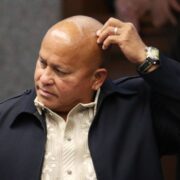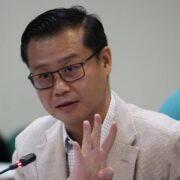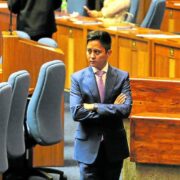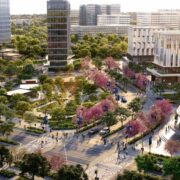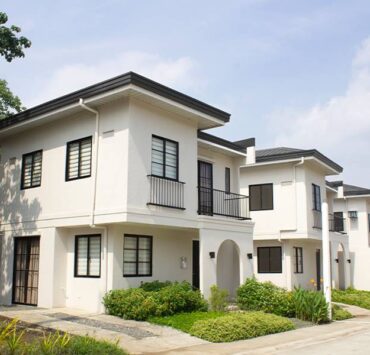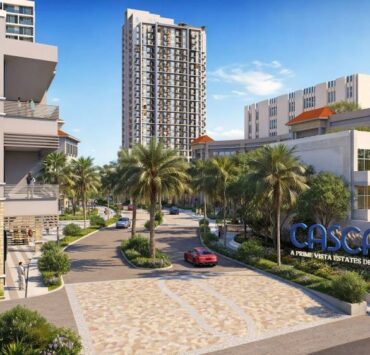Urban governance, quality of life in cities: Why leadership matters
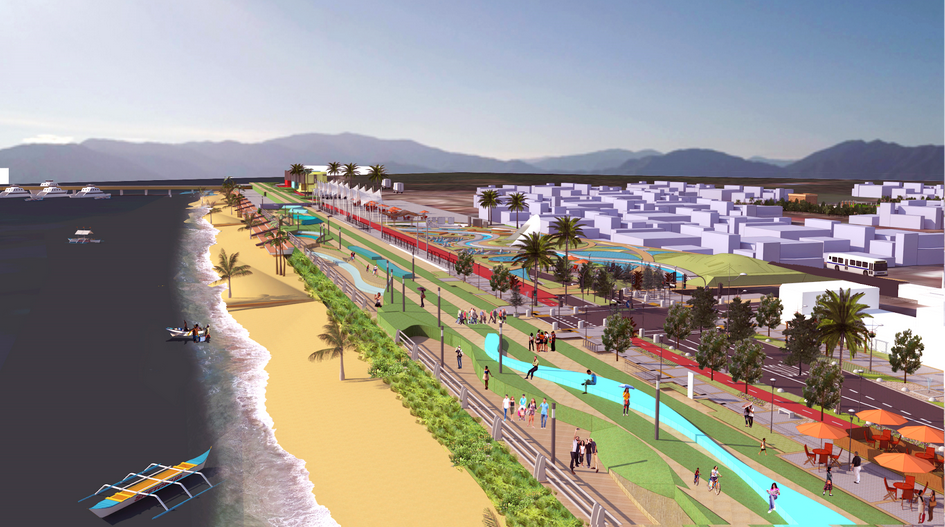
Public governance accounts significantly for the quality of life in cities.
Urban constituents who value comfort, safety, and social engagement cannot remain neutral and apathetic when faced with the opportunity to install people to leadership posts. On the more practical side, entrepreneurship, investments, and property values are also sensitive to leadership variables.
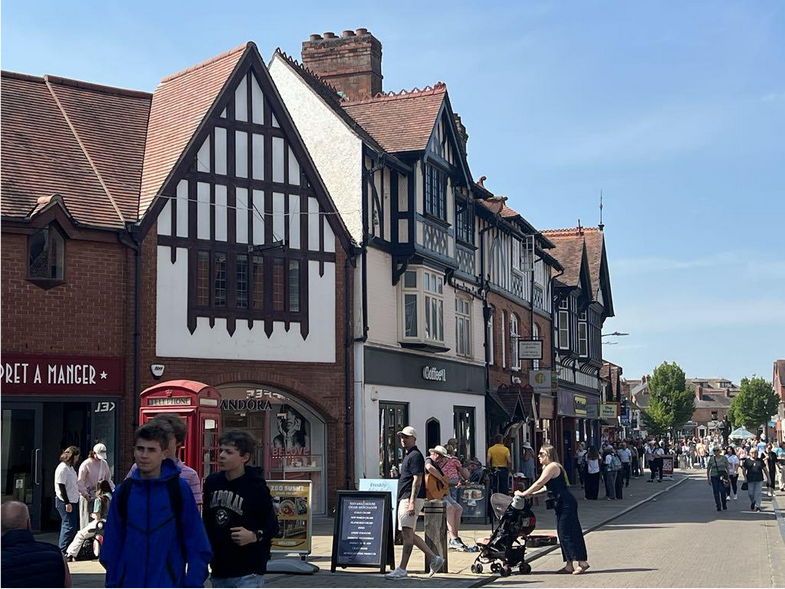
Visioning
Imagining the city’s future beyond convention—along with shaping that vision so it can be communicated, understood, and embraced by constituents—is a skill in itself.
A vision serves as a guiding star that likely lies far beyond a mayor’s term in office. Accepting short term setbacks and sacrifices for the sake of long term goals can feel counterintuitive to incumbent leaders seeking immediate approval.
Cities should prosper and not just thrive. Hence, low impact dole-outs will not be as value-adding as interventions that are geared at enabling people. Cities as well-designed places can empower citizenry toward the kind of urban development that trickles down to all.
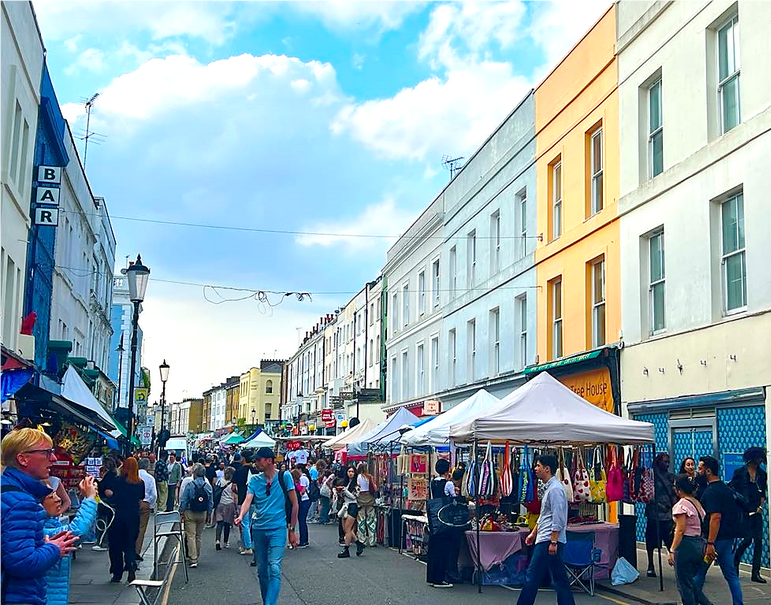
Management competency
Leadership science, coupled with human sensitivity, is a management competency that underlies rational planning and the exercise of executive power.
From making quantitative projections and managing transport systems to mitigating disaster risks, informed decision-making—drawing on big data and direct consultation—is key to crafting responsive policies and programs. Involving design professionals and end-users in translating vision into reality is essential for competent management.
Urban agility, which allows cities to reconfigure with fast-paced changes, is aided by digitalization and other science-based governance strategies. Complementing technology with traditional or local knowledge is part and parcel of urban management that aspires for progress amid globalization (Mattila, Olsson, Lappi, & Ojanen, K., 2021).
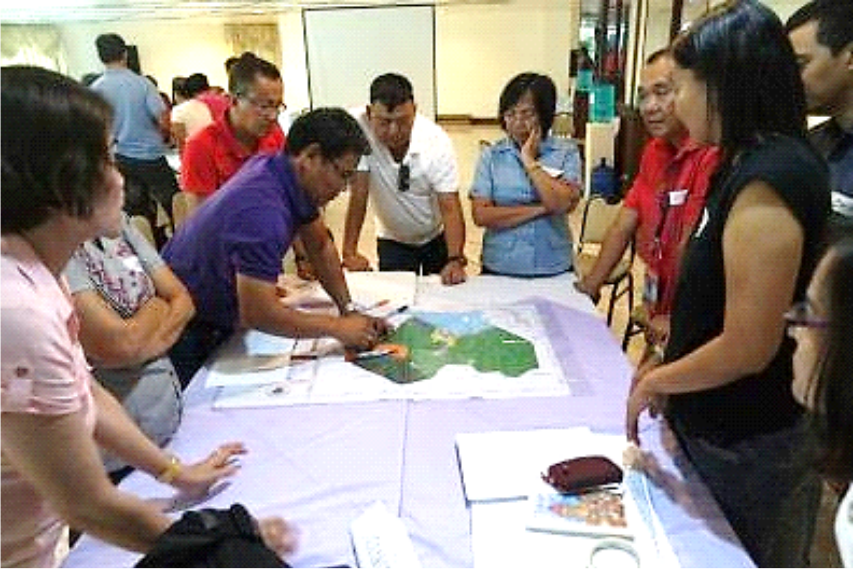
Resource management representation
With resources always falling short of development needs, the public sector must advocate for the marginalized in allocation decisions.
Large private firms can mobilize their organizations to compete for their share in the existing and yet-to-be-generated resources. Yet within the “survival-of-the-fittest” paradigm that characterizes city settings, the weak and vulnerable must also be empowered through inclusive policies.
Equity as a goal in budget planning should provide opportunities for everyone to improve their economic circumstances through access to basic services.

Difficult choices vs convergence
Life quality in cities is defined by the physical environment where people move and interact. Different sectors would push for different spaces, infrastructure, and development directions depending on their perspectives.
What is referred to as the public interest is not a singular and all-encompassing entity (Pattaroni, Bhide, Lutringer, 2022). In many cases, choices need to be made, and objectives need to be ranked in order of priority.
Good leadership aims for convergence of objectives, given that resources are limited and that time frames for delivery are set. For example, preserving or expanding parks and open spaces may be seen as revenue-generating strategies that enhance business viability instead of regarding these spaces as purely recreational areas.
Conserving heritage sites and structures can boost economic development through tourism instead of seeing this as just a minority-led advocacy.
Public or socialized housing are investments that attract skilled labor that can support industrial growth while expanding market bases (Vuuren, et.al, 2024). Protecting agricultural and forest lands from encroachment by commercial activities can ensure food security that is essential to urban development.
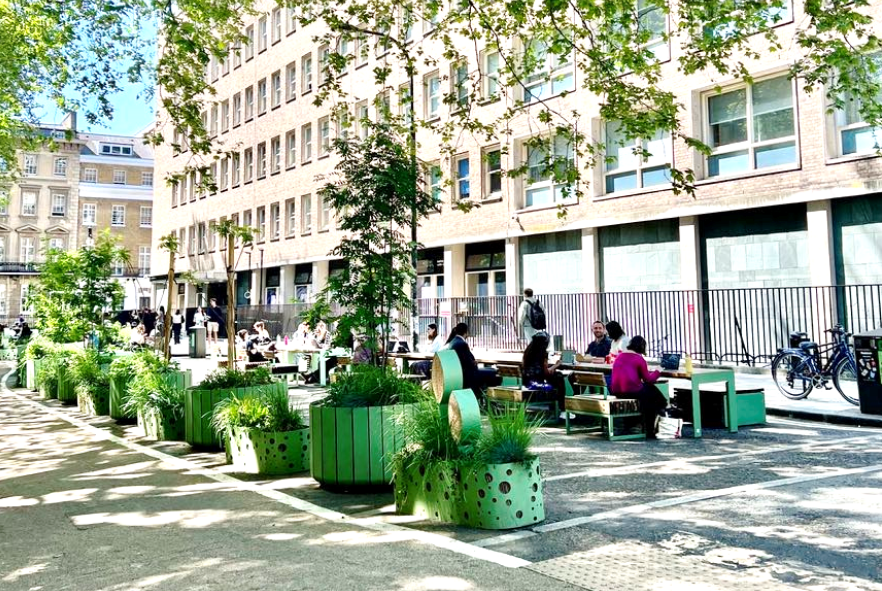
Creative spaces
Forward-looking urban managers must create an environment for productive, creative, and collaborative work.
In a fiercely competitive global arena, providing spaces for learning and innovation is expected as among the basic roles of city leaders. With international mobility and integrated production networks, mayors must equip their citizenry for global engagement. Digital literacy and platforms for collaboration and technology development can begin at the city level.
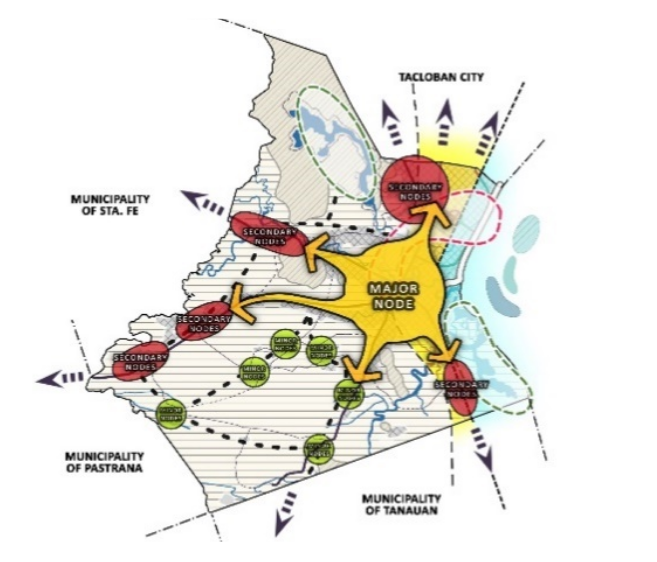
Negotiating and networking
Lastly, urban governance is not confined within territorial boundaries.
Cities are not silos that can perform functions on their own. An effective city manager contextualizes actions in larger settings beginning with metropolitan areas, regions, and countries.
The multi-directional dynamics of local and international level events should be in the consciousness of decision-makers as plans, programs, and projects are being rolled out. Partnerships, co-management and metropolitan approaches go beyond public relations and negotiation skills as requisites.
Being able to network entails understanding how layered networks work and how one city can be a valued component of the entire system.
Given these, leadership roles are critical to living the life that urban constituents desire. Education, experience and the ability to connect with people are basic to delivering city management tasks.
References: Housing and Land Use Regulatory Board. (2013). A Guide to Comprehensive Land Use Preparation, Volume 1- The Planning Process; Vuuren, J., Rijal, H., Bobbette, N., Lysaght, R., Krupa, T., & Aguilar, D. (2024); Exploring the Connection between Social Housing and Employment: A Scoping Review. International Journal of Environmental Research and Public Health, 21(9), 1217. https://doi.org/10.3390/ijerph21091217; Mattila, H., Olsson, P., Lappi, T. R., & Ojanen, K. (2021). Ethnographic Knowledge in Urban Planning – Bridging the Gap between the Theories of Knowledge-Based and Communicative Planning. Planning Theory & Practice, 23(1), 11–25. https://doi.org/10.1080/14649357.2021.1993316; Pattaroni, L., Bhide, A. & Lutringer, C. (2022). Introduction: On Politics of Urban Planning. 10.1007/978-981-16-8671-9_1
The author is an architect, urban planner, and academician. She teaches graduate courses at the University of the Philippines Diliman College of Architecture








